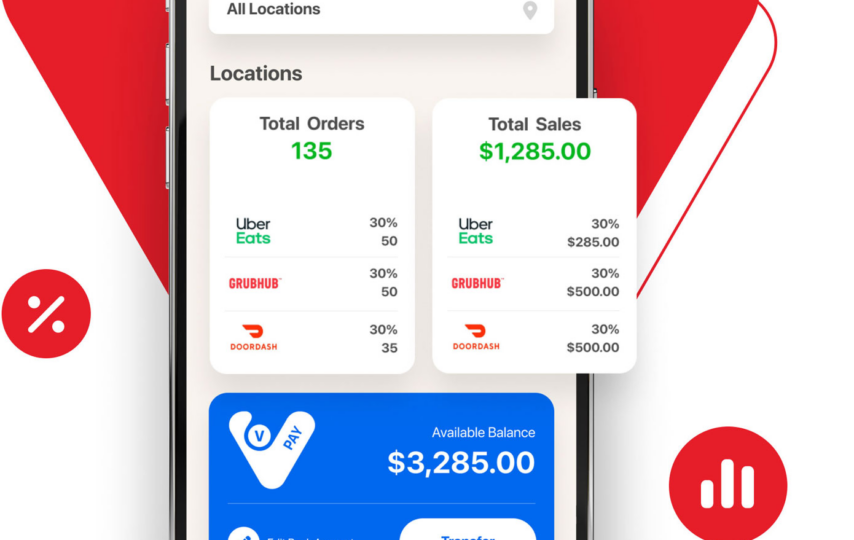In today’s fast-paced world, most people find it challenging to cook their meals, and this has led to the rise of food delivery services. Over the years, food delivery has evolved, and we have seen the emergence of various platforms such as Grubhub, Uber Eats, and DoorDash. You can also visit this website if you have to integrate your all food delivery apps into one app.
While these platforms have made it easier for consumers to order food, they have also created a fragmented market. This fragmentation has led to increased competition, higher delivery fees, and longer wait times. However, one app is changing the game by integrating multiple platforms and revolutionizing the food delivery industry.
The Rise of Food Delivery Platforms
Food delivery platforms have been around for over a decade, with the first platform, Seamless, launching in 1999. However, it wasn’t until the launch of Uber Eats in 2014 that food delivery became mainstream. Since then, we have seen the emergence of various platforms such as Grubhub, Postmates, and DoorDash. These platforms have made it easier for consumers to order food from their favorite restaurants, and they have also created new opportunities for restaurants to increase their revenue.
The Fragmented Market
While food delivery platforms have made it easier for consumers to order food, they have also created a fragmented market. Each platform has its own app, delivery drivers, and fees. This fragmentation has led to increased competition, higher delivery fees, and longer wait times. For consumers, this means that they have to download multiple apps, pay higher fees, and wait longer for their food to arrive. For restaurants, this means that they have to work with multiple platforms, which can be time-consuming and costly.
The Solution: Integrating Multiple Platforms
One app is changing the game by integrating multiple platforms and revolutionizing the food delivery industry. The app, called Ordermark, was founded in 2017 by Alex Canter, the fourth-generation owner of Canter’s Deli in Los Angeles. Ordermark allows restaurants to manage all of their online orders from a single tablet, regardless of the platform. This means that restaurants can work with multiple platforms without having to manage multiple tablets and systems.
How Ordermark Works?
Ordermark integrates with over 50 food delivery platforms, including Grubhub, Uber Eats, and DoorDash. Restaurants can manage all of their online orders from a single tablet, and Ordermark sends the orders to the restaurant’s kitchen printers. This streamlines the ordering process and ensures that the kitchen receives all of the orders in a timely manner.
The Benefits of Using Ordermark
There are several benefits to using Ordermark. Firstly, it allows restaurants to work with multiple platforms without having to manage multiple tablets and systems. This saves time and reduces the risk of errors. Secondly, it streamlines the ordering process, which reduces wait times and ensures that customers receive their food in a timely manner. Finally, it reduces the cost of delivery fees, as restaurants can choose the platform with the lowest fees for each order.
Conclusion
In conclusion, food delivery has come a long way since the launch of Seamless in 1999. With the rise of food delivery platforms such as Grubhub, Uber Eats, and DoorDash, food delivery has become mainstream. However, these platforms have also created a fragmented market, which has led to increased competition, higher delivery fees, and longer wait times.
One app is changing the game by integrating multiple platforms and revolutionizing the food delivery industry. Ordermark allows restaurants to manage all of their online orders from a single tablet, regardless of the platform. This saves time, reduces the risk of errors, and streamlines the ordering process. As the food delivery industry continues to evolve, we can expect to see more innovations that make food delivery even more convenient for consumers.








